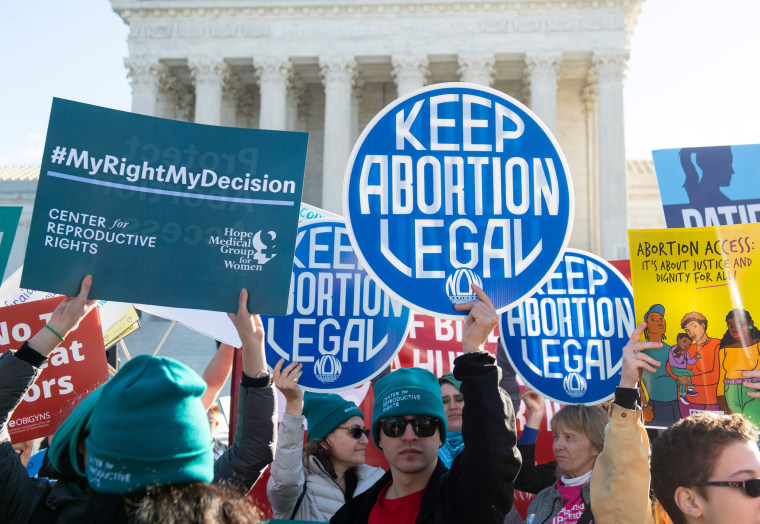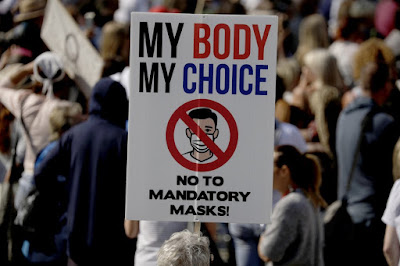David King—the graphic designer who printed his mark on the left
Yuri Prasad rates a new compilation of David King’s work which shows how he influenced the revolutionary left—and the commercial world beyond it

An Anti Nazi League poster from the 1970s, designed by David King
David King, the designer, photographer and researcher, gave the British radical left its graphical language.
His style mixed bold sans serif headlines, with blocks of red placed at angles, and super tight picture cropping. It became a defining feature of many publications and posters in the era that followed the revolutionary year of 1968.
In the mainstream too, King’s style felt new and fresh, especially when he was working for the Sunday Times magazine during its ten-year heyday from the mid-1960s.
His juxtapositions of oppressed and oppressors, and causes and consequences, combined well with others with a similar inclination, including photographer Don McCullen and writer Francis Wyndam.
It apparently played less well with the magazine’s marketing department who wanted something easier on the eyes.
Perhaps that’s why King’s work really came into its own in the service of the revolutionary left.
He designed the red arrow logo of the Anti Nazi League that speared the far right and the carnival posters of Rock Against Racism.
He produced brilliantly dynamic graphics for the anti-apartheid movement.
Part of his skill was to understand what the left needed by virtue of being part of its extended family. Anti-racism and revolution were hardwired into him.
He also knew that his posters would be printed on low tech, older machines. So he devised work that stretched our printers to the limit, but not beyond them. He often used coarse printing screens so that images were rendered in large dots. And he combined black and red inks to colourise images and give them depth.
In his design work, King freely acknowledged his debt to the Russian Constructivist School that emerged from the 1917 revolution. It was fascination with the revolution—and of its hero, Trotsky—that drove him on.
King and Wyndam produced the first pictorial biography of Trotsky in 1972. It charted him from a child thorough the years of repression in pre-revolutionary Russia, to his life as head of the Red Army, and finally into exile.
Many of the images had never been seen before, and curated this way, were a challenge to then the still-dominant Stalinism on the left.
He collected thousands of photographs and paintings from Russia in the 1920s and 30s and compiled them into indispensable books of documentary.
His book The Commissar Vanishes is a forensic demolition of Stalin’s attempt to air-brush out leading Bolsheviks from the revolution’s pictorial history.
King places original and doctored images side by side and recounts in terrible detail the comrade’s fate.
Later books explored the art of the revolution and led to major exhibitions at Tate Modern.
At the opening of one that I was at, he told the audience that he needed to be careful of what he said because “the boss is watching”.
He then pointed to a 1923 portrait of Trotsky by Sergei Pichugin that for generations had laid hidden from Stalin deep in the walls of the artist’s house.
This new book is a vital addition to the King collection, assembling for the first time work from across his fields. It is a link, through the artist and archivist, to a history that continues to inspire today.
David King—reclaiming the Russian Revolution of 1917
David King, the photographer and designer who died last week, was best known for his collections of posters, images and artefacts from the Russian Revolution.
King’s interest in the Russian Revolution was not purely academic.
As art editor of the Sunday Times magazine, he went to Russia in 1970 to research an article on the centenary of Russian revolutionary Vladimir Lenin’s birth.
He soon found that a lot of the material he collected there had been doctored or falsified.
Leon Trotsky and other leading revolutionaries central to the 1917 Russian Revolution had effectively been removed from history.
Much of his work from this point was dedicated to reclaiming the revolution and recreating a world that was lost when Joseph Stalin rewrote the history books.
Records
King’s books are not simply photographic records, but are designed to guide the reader to a true understanding of the period.
In The Commissar Vanishes—the Falsification of Photographs and Art in Stalin’s Russia, he reveals how photographs were retouched in an attempt to change history.
For instance, he placed a 1918 photograph of the Council of People’s Commissars—the revolutionary cabinet—beside a 1970 version of the same photo.
The original 33 members have been reduced to 4 as many of these commissars, including the revolutionary leader Trotsky, were murdered during the Stalinist period.
Although the design of his beautifully produced books is integral to them, King was interested in content far more than in form.
In oppressive regimes, he said, “design doesn’t much matter. The horrors of the regime are what matter”.
So with Nazi films he argued, “I don’t care how well it’s filmed or what the lighting’s like. It’s a disgusting Nazi rally”.
In the 1970s King designed anti-apartheid posters and posters and logos for the Anti Nazi League.
Political
He produced some of the most iconic political posters of the period.
His final book, John Heartfield—Laughter is a Devastating Weapon, is a collection of works by the radical German artist.
Heartfield used art as a weapon against the Nazis in his political montages of the 1930s.
In Red Star Over Russia—a Visual History of the Soviet Union from 1917 to the Death of Stalin, King writes, “Even as a child I detested capitalism.
“When my uncle, who was a socialist, taught me about the true nature of the ruling class I agreed with him that it clearly had to be overthrown.
“I used to dream, like all children, how life would be in the 21st century.























